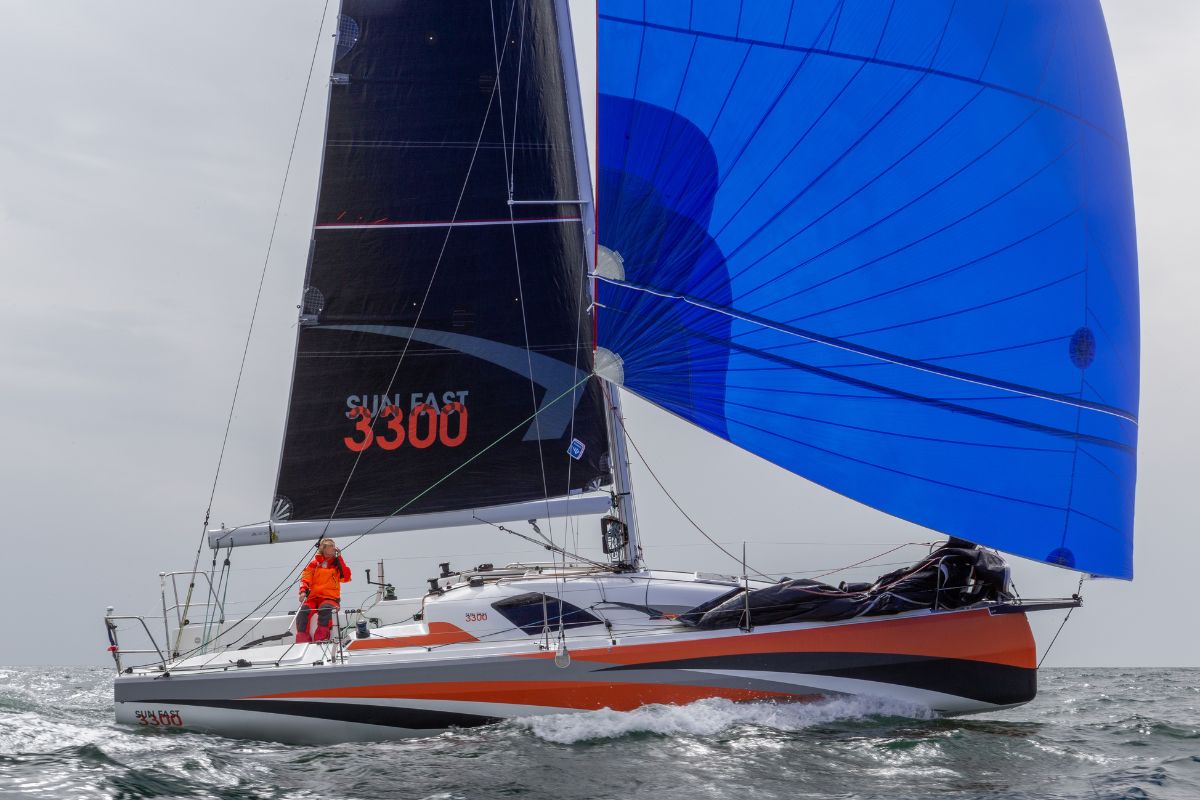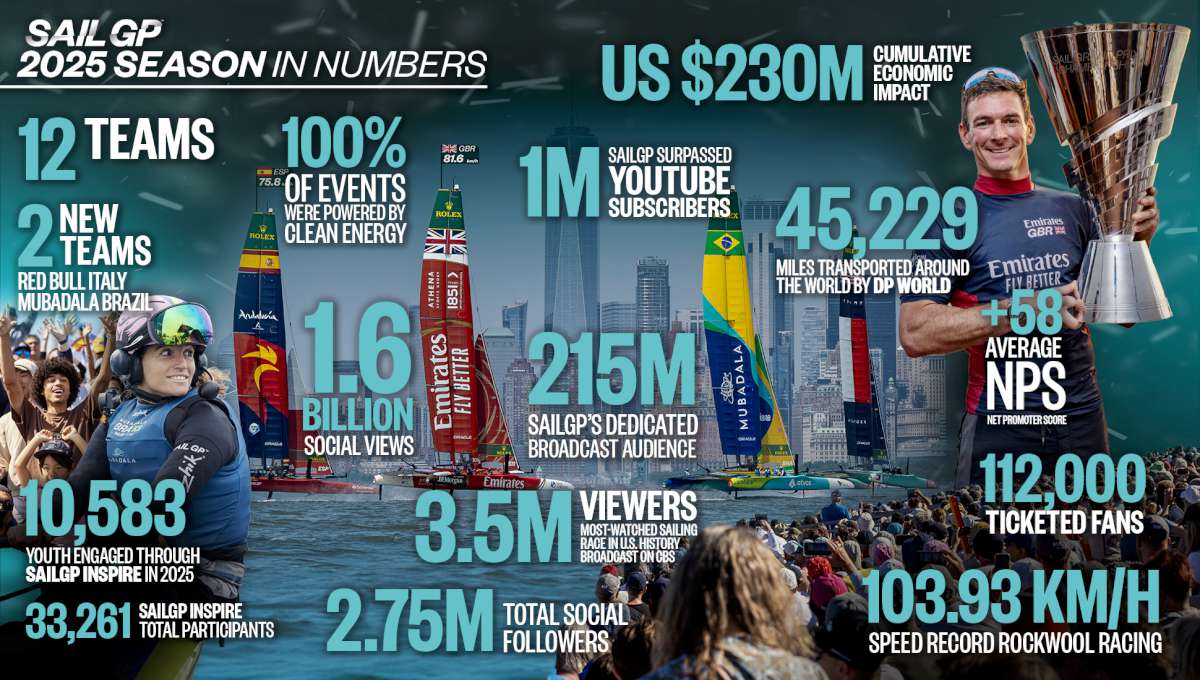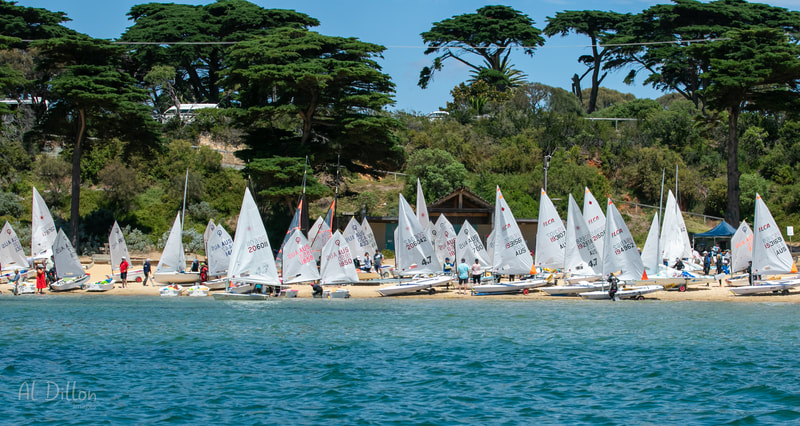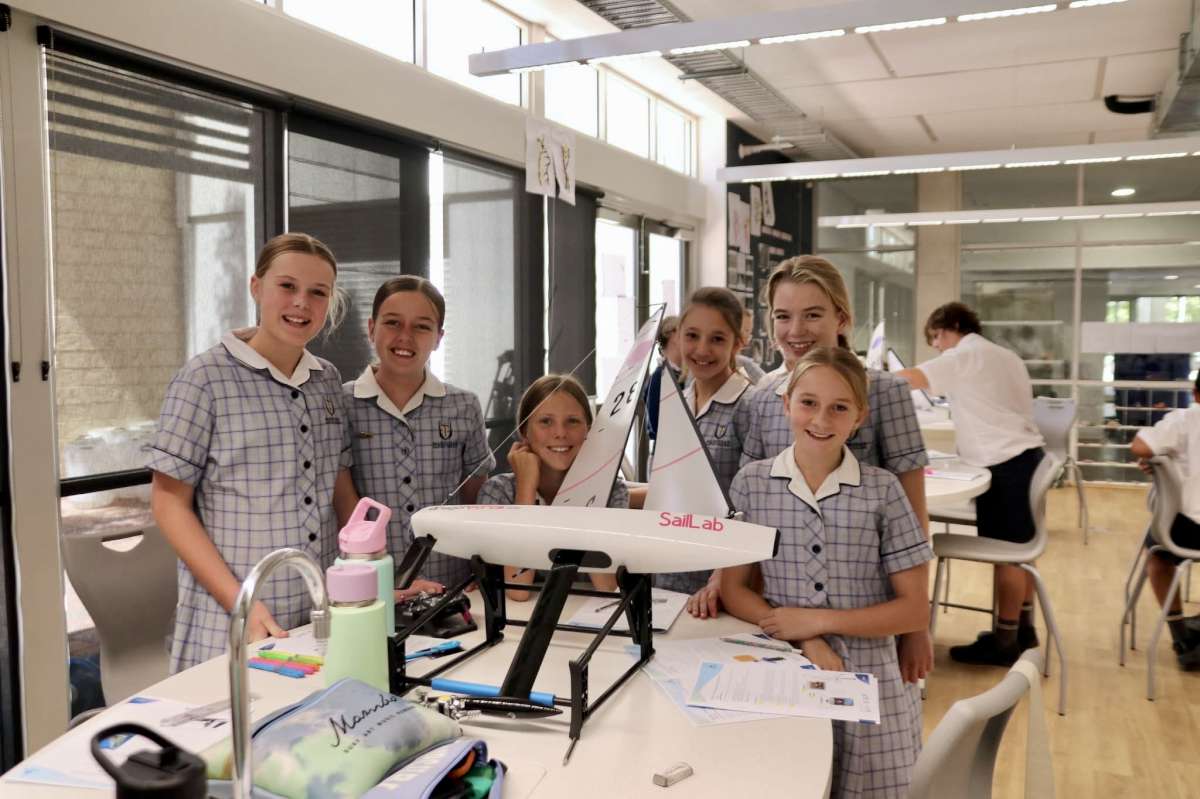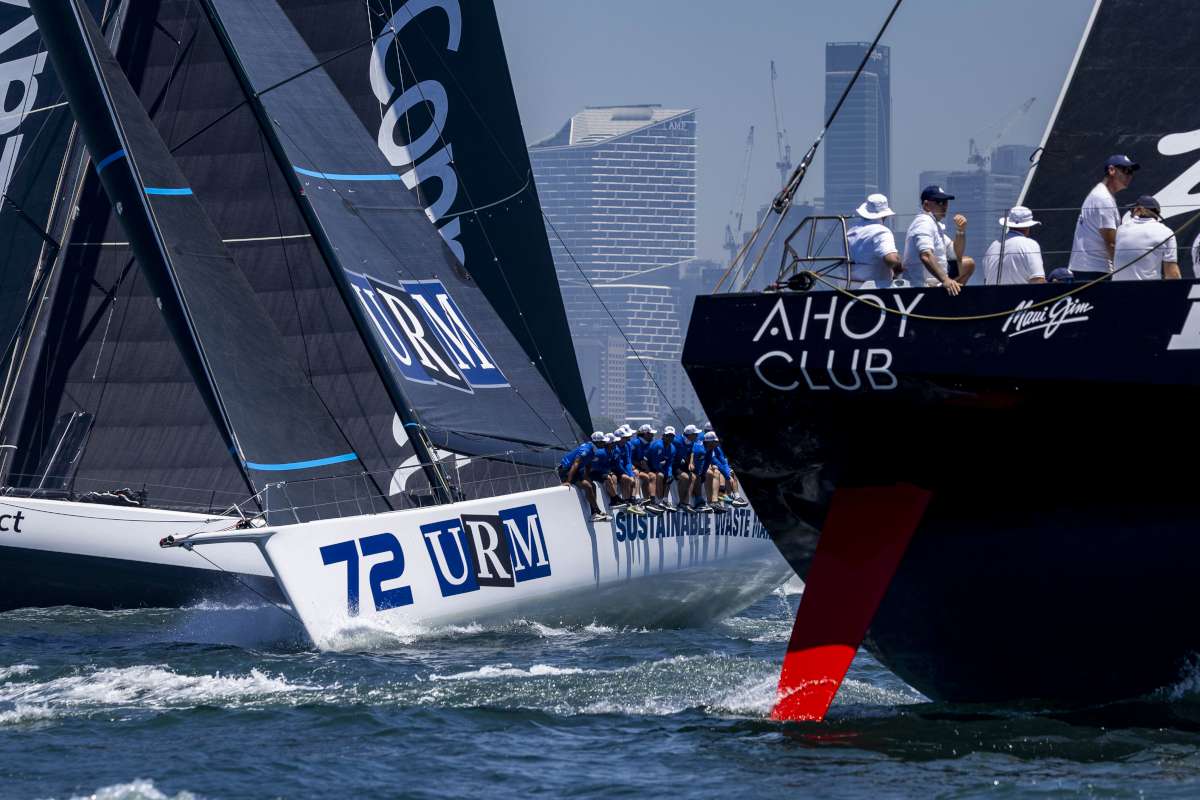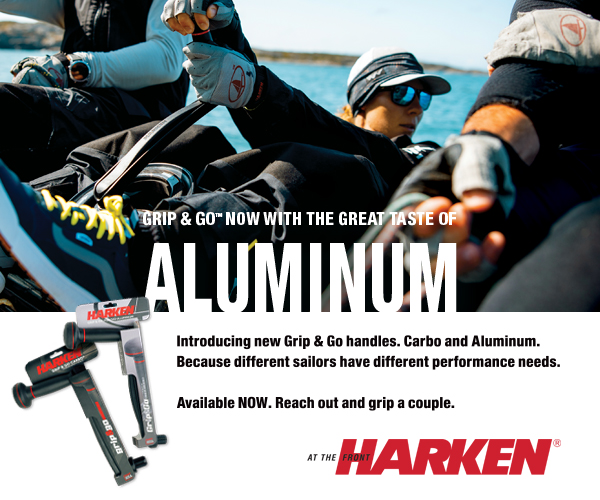Eventually all yachties have to tackle problems with the layup material of their freedom machines, whether it be rot, rust or osmosis.
It is just the nature of boats, the bottomless hole in the ocean that we so willingly fill. In our case on our yacht Kabuki, we are tackling osmosis, so first off I thought an explanation of osmotic blistering as I understand it, might be useful.
Water molecules of mass destruction
Definition of osmosis: ‘the passage of solvent molecules from a less concentrated to a more concentrated solution through a semi-permeable membrane until both solutions are of the same concentration’ – Collins English Dictionary.
Fibreglass hulls are not totally waterproof (surprise, surprise). Water molecules are small enough that, over time, they can and will pass through the semi-permeable layers of gelcoat, resin and fibreglass mat. Once through, the water molecules encounter chemical water-soluble materials (WSMs) inside the laminate; e.g. emulsion binders, that hold the glass mat together or pockets of partly cured resins.
The water molecules react with the WSMs to form larger higher concentrate molecules, generally acid. Because of the size these molecules cannot permeate further, so they become trapped. This is when the osmosis begins, higher concentrate acidic molecules draw in the lower concentrate water molecules. This process builds pressure inside the laminate and a blister forms.
If the laminate is strong and resin rich the pressure may not be enough to cause a problem and might stay stable. But if there are weaknesses in the laminate (uncured resin, air pocket, poorly bonded join, dirt etc.) the pressure is enough to expand the blister. This acidic compound (blister juice, with a slight vinegary smell) has the ability to eventually break down the polyester in the laminate through the process of hydrolysis, thus also increasing the blister over time.
So it seems to me to depend on the layup and age of your boat as to how it will cope with the effects of water ingress through the gelcoat into the laminate.
This is a very simplified version of events, and I am sure will meet with some criticism, but as I said, this is how I understand it. Anyhow back to my story.
We had owned a yacht in the past that had osmotic blisters and a balsawood core. At that time Paul spoke to the New Zealand guru of osmosis, Mike Menzies and was given advice on dealing with the blisters.
This involved grinding out the blisters until you got to clean fibreglass, allowing the blisters to dry for four to six weeks, with rinses of fresh water to remove any salt and acid residue. After the drying period you refilled the area with epoxy resin and fibreglass (if required), primed and then antifouled. Paul followed this procedure every year religiously and each year the number of blisters kept increasing.
We have owned our current yacht Kabuki, a 40 year old Westsail 32, for seven years now and in that time we had noticed an increasing number of blisters on her hull at annual haul-out. Kabuki does not have a cored hull; she is solid fibreglass, being up to one inch thick in places. So her blisters were not causing any problems with a balsa or foam core, but they were still another thing that had to be done at haul-out time.
Every year Paul ground out the offending weepy lumps, dried them out for four to six weeks and then filled them with resin and glass. This was a time consuming task, especially when the blisters started to number over 40.
Also, over the past few years, Paul had noticed on the port side of the hull near the waterline, a 30 to 40 centimetre band of smaller blisters. They were not very deep but the numbers were growing and getting more noticeable. We also had a band of gelcoat blisters around the entire boot-topping, apparently these were only cosmetic.
To the next level
All of this led Paul to start investigating the possibility of having the hull planed and reglassed.
We belong to the Westsail Owners Association; on its website they have an amazing wealth of information when it comes to the Westsail yacht. So we investigated what has happened with other Westsail yachts and what is standard practice for other owners.
Apparently Westsails do not have an extensive history of osmotic blistering, but references were made on the website to cases of osmosis/blistering. It appeared that the accepted practice was to remove all paint/primer from the hull, grind out any blisters and leave the hull to dry for three to six months, fill the blisters and then fill with four to six coats of epoxy resin, followed by the usual repaint.
Paul did not feel that their approach would work for our situation and we were worried that if we had Kabuki on the hard for up to six months it would be a substantial cost in itself. If we followed this procedure there was no guarantee that the blisters would not come back again.
We therefore decided to have her hull tested with a moisture meter to see what the verdict was.
We hauled out at Norsand a local boatyard here in Whangarei that has the staff and facilities for treating osmotic blistering. Pete the blister guy came and ground through the gelcoat into the fibreglass at different places on the hull, both blistered and unblemished areas, then did a moisture reading.
The readings showed moisture at elevated levels, with some blisters going in quite deep. I will say here that apparently a high moisture reading in your fibreglass does not necessarily mean you have osmosis.
It was then our call as to what to do next. After two weeks of ummming and ahhing, we gave the yard the go ahead with the job.
Before they could start we had to remove all of the skin fittings, lightning plate, SSB plate, and anode from the hull so they had a smooth surface to plane. Some people do not do this, they leave the skin fittings on and the team have to plane around each fitting.
We decided to leave our seacocks in-situ and only remove the skin fittings. All of our seacocks are the original bronze Groco valves that were installed on the boat 40 years ago. They are all in good working order and we check and service them regularly.
Our speed log has not worked since we bought Kabuki and the depth sounder has been playing up over the last few years, so we decided to replace the depth sounder, do away with the speed log and fill in another hole.
It is pretty scary watching your baby having a peel, a bit like watching your Missus having a face lift I suppose. The planer took four millimetres off the hull; this included the antifoul, epoxy primer, gelcoat layer and some chop strand matt.
After planing, all of the blisters were gone and 50 per cent of the moisture in the surface laminate of the hull was gone. Now we played the waiting game, washing the hull periodically and praying the summer weather would be kind and dry our baby out.
In the meantime we were having a wind generator and extra solar panel installed on our boomkin. This involved designing and having a stainless steel structure made for the boomkin; sourcing a regulator for the generator and encouraging the sparky to do the job … one day soon.
We also managed to repaint the non-skid on our decks and cabin top. We used a product called Don’t-Slip which is applied with a brush and then rolled with a textured roller. The paint is very thick and there was some difficulty getting a really good finish as it dried so quickly in the hot sun. We ended up with blisters forming in the paint after rolling, these then popped once dried, leaving a blemished finish, but a lot more grip than what we previously had.
Putting it back together
While in the process of doing this, our son and his wife were refitting their yacht. They hauled out at Dockland 5, a boatyard just down the road from Norsand. Their wooden Lidgard 36 was built in the late 70s and circumnavigated
in the 80s.
They have had to install a new engine, deal with rot elimination and the usual run of the mill upgrades and refinishing. It has been fun watching them with their task and giving a helping hand along the way. Then on the odd occasion, they gave us a hand as well.
Nearly three months down the track and with some very dry, windy weather Kabuki’s hull was tested again. The moisture levels had dropped down to below an average of 8% moisture content.
The next step was to grind the hull to a uniform smoothness. This was a gritty, tiresome job, I did not envy the lads. I am pleased that we were not living on board as the dust got everywhere.
After grinding the hull smooth, the relaying of the fibreglass began.Vinylester resin does not like full sun, so we had to drape shade cloth around the boat to protect the areas being glassed.
This made a big difference to the working conditions, as the UV in Whangarei can be quite fierce and we had been lucky enough to have an extended dry spell for two months which aided in the drying and layup of the new glass.
First, they wiped the hull over with acetone to remove any impurities/oils, then they filled any depressions or holes such as speed log hole, blisters. A coat/screed of vinylester resin was rolled on, this was allowed to tack off and then another coat was applied with the first layer of glass matting. The glass mat was laid on then rolled with special metal rollers, great care was taken to remove any air pockets.
This process was repeated until the thickness required was achieved, in our case two layers of 450 gram chop strand powder-bound fibreglass. Before the resin cured a filler/fairing was applied over the top of the glass, this was a mixture of the vinylester resin and Deralight filling compound. It actually looked like a very badly-iced cake, but once it was cured they proceeded to sand and fair the hull.
This involved sanding the surface smooth and then filling any depressions, pin holes etc, then sanding again and repeat. This was quite a long laborious process. Eventually the hull was ready for the first coat of epoxy primer.
In between them doing all of this, Paul and I had been beavering away. To ease the cost of this procedure, Paul was able to help the guys for three days mixing resin and being the apprentice during the layup of the new fibreglass. Things like, hanging the protective covers, putting up shade cloth, cleaning up after them etc. It all adds up to less time they have to spend on the job, therefore, less cost to us.
On one weekend we cut out the through-holes on the hull for the skin fittings. It was easier for them to glass right over the holes and for us to cut them out afterwards, another cost cutting measure. Another weekend was spent reinstating the skin fittings. During the week the crew had filled, ground and primed around the holes for us, ready for the installation.
Other cost cutting measures included, helping with the fairing and sanding of the hull; cleaning up around the boat; masking the boat up ready for the primer/antifoul to be applied; washing the hull with acetone. Every little bit helps.
Another project that we tackled was to remove our staysail furler and renew both the headstay and staysail stay. Our yankee/headsail is on a furler but we tend to roll that up when the wind is over 20 to 25 knots, where as the staysail needs to stay up in stronger winds. We have always worried that if we got into a big blow it would be very hard to reef down our furling staysail and then to change it to a storm-jib when required.
So we decided to remove the furler and replace it with a good old fashioned hanked on sail. We called on our son and his wife to assist with the removal and transport of the headsail furler to the rigger. Luckily his workshop was only
a fifteen minute stroll down the road on a hot, quiet Saturday afternoon. A cold cider was in order after that. The next Saturday we reversed the process with an old mate’s assistance and, voila, sorted.
The spraying of the epoxy primer and antifoul became an issue due to weather. Paul and I masked the boat up ready for the painting to start. The forecast was sort of alright on the Sunday, but come Monday they started forecasting showers. The painting commenced in between the odd shower.
After two coats of primer the hull was inspected for pinholes and any of these filled before the last coat of primer was applied. In all, 350 microns of Jotun Penguard was applied and then two coats of Jotun Seaforce 90 antifoul.
Unfortunately water from the odd showers got in behind the masking tape and plastic. It turned out alright for the paint, but the masking tape left a lovely sticky residue on removal. So out came the turps’ to wipe the residue away without smearing the antifoul too much.
Kabuki then had to be lifted and new blocks put in place so they could repeat the whole procedure on the two spots where the old blocks had been. This only took a couple of days as the area involved was very small. Then it was all over bar the polishing of the hull and the relaunch.
I was surprised at the number of boats having the hull planing procedure done; we were one of seven boats in
our four months in the yard. A surprising number of them were not that old, one catamaran was under ten years old but needed hull planing due to uncured resin in the original layup. With a balsa-cored hull this was a problem as the fibreglass layer was not very thick.
Norsand is the only yard that does osmosis repairs in Whangarei at the moment, but this may change as Whangarei is fast becoming a well known refit stop on the Pacific circuit.
We are very happy that the whole procedure is over. From the start it has been a very stressful time. No one looks after your baby as well as you do. Paul has maintained a daily vigil down to Kabuki to assess what was happening; sometimes this involved a word in their ear about bits missed, or things not done right.
Round up
Did we make the right decision?
At some points during the process I had my doubts but looking back now, yes we did. Kabuki is 40 years old and her fibreglass hull had an elevated moisture reading, we could have left her for another 20 years and she would have still floated and got us from point A to B, but we would have known the problem was there and had to deal with the ever-increasing number of blisters each year.
Norsand gives a seven year guarantee on its work. Paul is guaranteed seven years of not having to grind out blisters.
Of course we hope that it will be a lot longer than that, another 40 years would be nice.
We are very pleased with the job Norsand has done; they were very accommodating to our wishes and patient with our fussiness. They are a very professional team doing a dusty, smelly and sometimes back-breaking job.
Top tips for anyone going through the same process are:
-
become involved in the job if you can, it may help to save in labour costs
-
if you can move off your boat, do so, it is a dirty job
-
go to a reputable operator, we had heard about Norsands work before we had the job done.
Ask yourself, can you justify the big expense?
In all we paid upward of NZ$20,000 for the job. This is a large chunk of money to invest in a boat with no guarantee of return, but for us Kabuki is a long term boat and now our home, not an investment.





